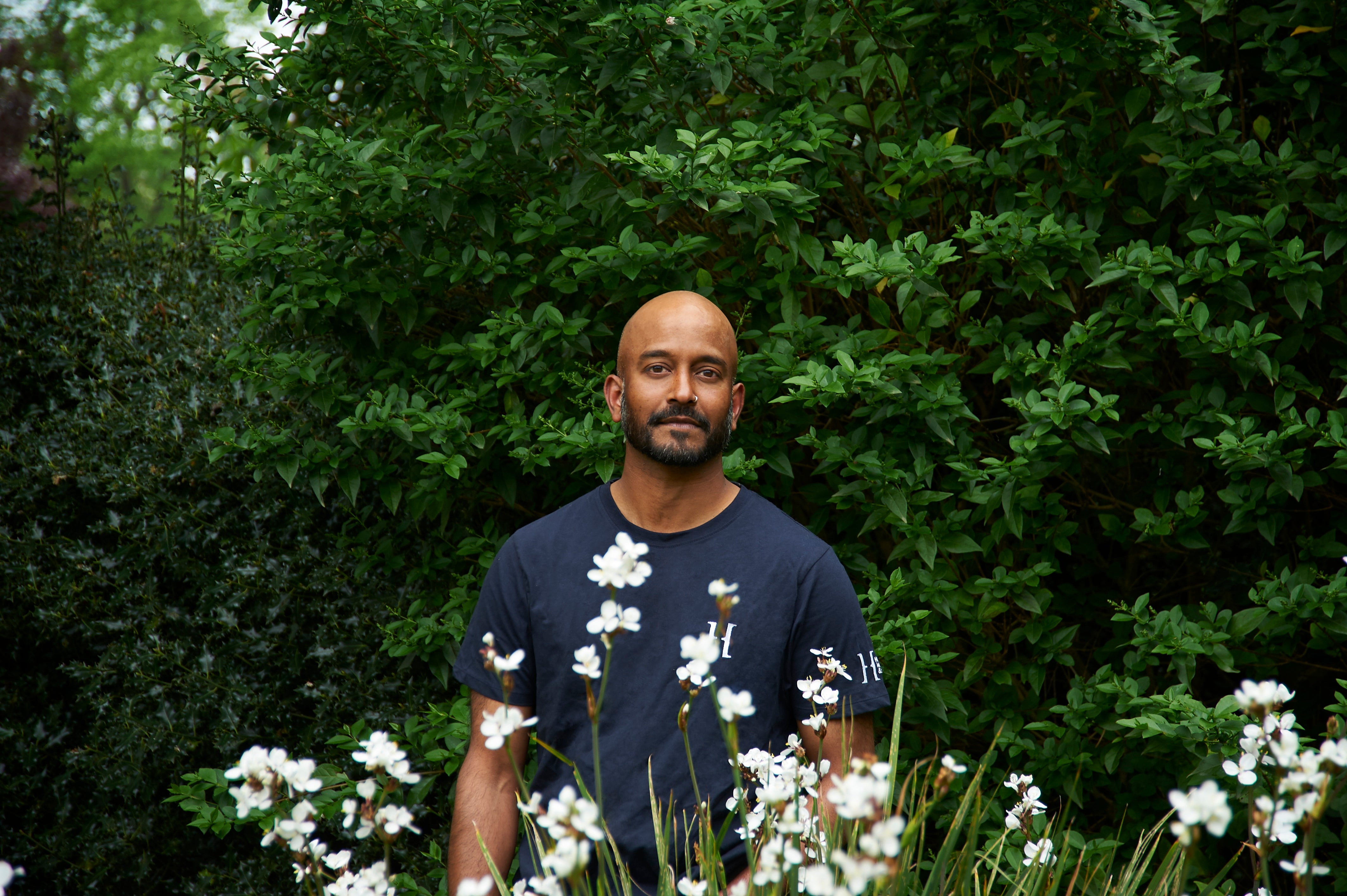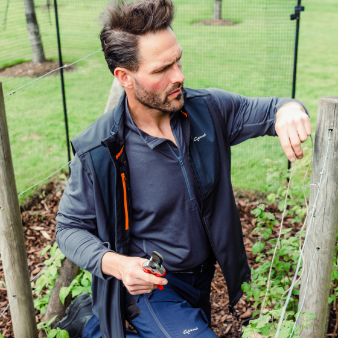Q&A with Errol Fernandes, Head Gardener at London's Horniman Museum

I initially studied fine art and earned my living from art for about ten years before training to become a psychotherapist. But gardening and the natural landscape was always part of what I did and I went on to horticultural and botanical training and became a gardener. My background as a painter taught me to really look, and I approach what we do in the gardens with a painterly approach. I also encourage my team to be creative in how they garden.
What attracted you to your current role?
The Horniman is a fantastic museum with a truly inspiring collection. The 16.5 acres of gardens which include anthropological displays, a prairie garden, a tropical collection under glass and a sunken garden that dates back to the 1930’s are constantly growing. We experiment with new sustainable approaches that are beautiful but are also beneficial to wildlife and the environment. Reducing mowing to increase biodiversity is a priority – roughly an acre of lawn is given over to long grass and mown paths – as is a more sustainable approach to planting,
What does a typical day involve?
It’s varied and creative. I often have a few meetings a day to plan projects and events but I do my best to spend time gardening alongside my team and we also arrange visits and exchanges with other gardens. We have a wonderful team of volunteers and they are just as much a part of our team.
Tell us about the micro forest
Micro Forests are directly inspired by naturalised tree plantings where trees are densely planted which means that, as they compete for light, they grow very quickly and create dense cover in as little as 15 years. We have planted 900 trees of 35 different species in a 400 sq.m strip of land next to the A205 South Circular Road to act as a particulate filter and absorb nitrogen dioxide as well as increasing biodiversity. We’ve also selected the trees very carefully to withstand higher temperatures and sporadic rainfall.
Tell us about how you go about curating the prairie garden planting?
The prairie garden is a naturalistic planting that encompasses the South African Drakensberg region and the North American prairies. It is designed by James Hitchmough to be very low maintenance, we don’t water at all and we only cut once a year in March. However, as we are open throughout the year we slowly edit in the autumn and winter to make sure that the lignified stems continue to look beautiful in the depths of winter before everything gets cut down in the spring making way for early pulsatilla.







